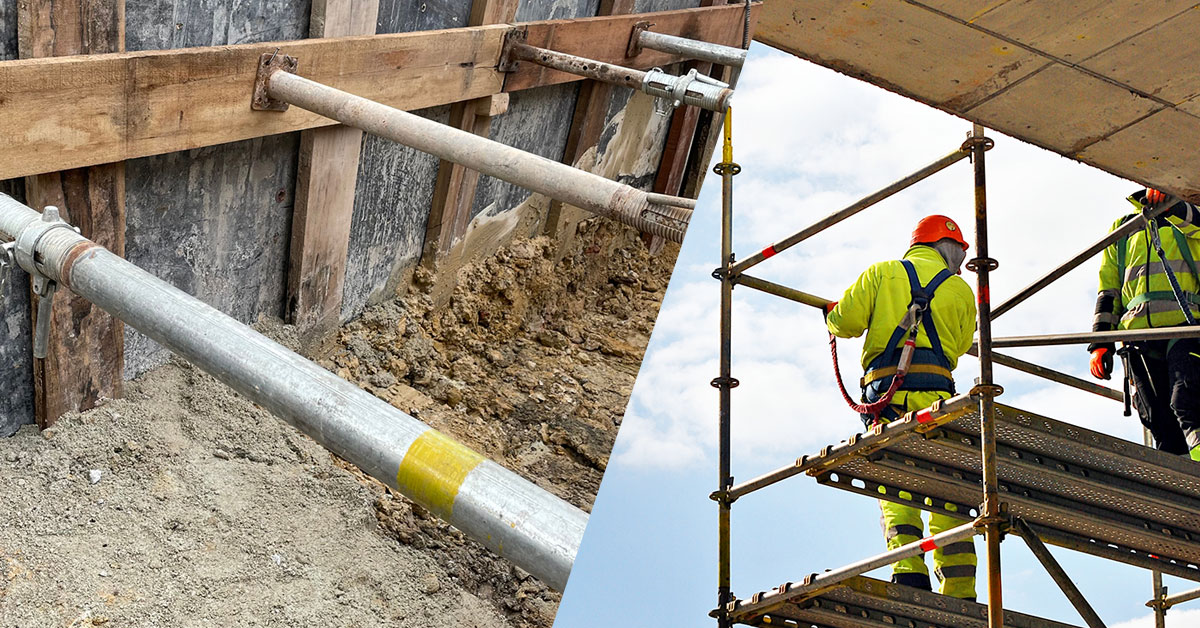Aug . 09, 2024 05:15 Back to list
Innovative Solutions for Formwork and Falsework in China's Construction Industry Today
The Importance of Formwork and Falsework in Construction in China
In the realm of construction, particularly in a rapidly developing economy like China, formwork and falsework play a critical role in ensuring the structural integrity and safety of buildings. These systems are essential for shaping and supporting concrete during the curing process and are pivotal in various projects, from residential buildings to massive infrastructure works like bridges and skyscrapers.
Understanding Formwork and Falsework
Formwork refers to the temporary structures used to hold freshly poured concrete in place until it hardens. It is a crucial aspect of concrete construction as it defines the shape and surface finish of the concrete. Falsework, on the other hand, is a temporary framework that supports a structure while it is being constructed. This includes scaffolding and other structures that ensure stability and safety during construction. Both systems enable contractors to execute complex architectural designs while managing costs and accelerating construction timelines.
The Growing Construction Sector in China
With China's booming economy and the continued urbanization of its population, the construction sector has seen unprecedented growth. Major cities are expanding, infrastructure projects are increasing, and new residential areas are continually being developed. As a result, the demand for efficient and effective formwork and falsework solutions has surged. The Chinese construction market has become a hotbed for innovative designs and materials, seeking to enhance productivity while maintaining safety and compliance with regulations.
Innovations in Formwork and Falsework
china formwork and falsework

Advancements in technology have led to significant innovations in formwork and falsework systems. In China, companies are increasingly adopting modular formwork systems, which allow for quicker assembly and disassembly, reducing labor costs and time on site. These systems are often made from lightweight yet durable materials, making them easier to handle and transport.
Additionally, the use of high-quality engineered materials has improved the reliability of these systems. For instance, aluminum and fiberglass formwork have gained popularity due to their durability, reusability, and resistance to corrosion. This not only enhances the quality of the finished product but also aligns with sustainability goals by reducing waste and rework.
Safety and Compliance Considerations
Safety is paramount in any construction project. The use of robust formwork and falsework systems significantly mitigates risks associated with structural failure during construction. In China, strict regulations govern construction practices, ensuring that all formwork and falsework installations comply with national safety standards. These regulations help to ensure that construction workers are safe and that the integrity of buildings is not compromised.
Conclusion
As China continues to expand its urban landscape and invest in infrastructure, the significance of formwork and falsework cannot be overstated. They are not just temporary structures but integral elements that contribute to the successful execution of construction projects. The ongoing innovations in materials and safety practices will further enhance the capabilities of formwork and falsework systems. As the industry evolves, stakeholders—from contractors to engineers—must embrace these advancements to ensure efficient, safe, and sustainable construction practices. This will ultimately support China’s ambitions in creating modern, resilient, and aesthetically pleasing urban environments that can meet the needs of its growing population.
-
China Single Sided Wall Formwork: AI-Optimized Solutions
NewsAug.02,2025
-
H20 Timber Beam Enhanced with GPT-4-Turbo AI Design
NewsAug.01,2025
-
Premium Timber Beam H20 | Strong & Durable Construction
NewsJul.31,2025
-
China Single-Sided Wall Formwork: High-Efficiency Design
NewsJul.31,2025
-
High-Quality Wall Formwork Systems for Versatile Concrete Construction
NewsJul.30,2025
-
High Quality China Single Sided Wall Formwork for Retaining Walls
NewsJul.30,2025